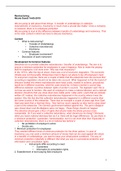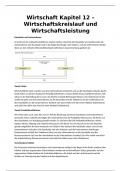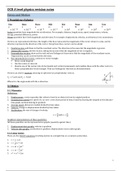Lecture notes
Lecture 5 European Labour Law and Social Security Law
- Module
- Institution
This document contains all the notes I took during lecture 5 of the course 'European Labour Law and Social Security Law'. I passed this course with an 8!
[Show more]












